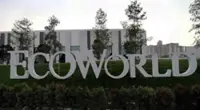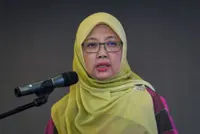MBPJ will be incorporating the placemaking concept into the council’s Car-Free Day event held at Laman MBPJ by engaging and working with local residents, business operators and other stakeholders. — Photos by LOW LAY PHON, SAMUEL ONG and AZHAR MAHFOF/The Star
Bringing the placemaking concept to an existing area such as Section 52 in Petaling Jaya, Selangor, can go a long way towards making it a more exciting and liveable space, say urban planning experts.
The area, which is a commercial centre and a hub for various local and Federal government offices, is home to several landmarks, including Petaling Jaya’s first cinema, the imposing Menara MBPJ and the MBPJ Civic Hall.
Already a subscriber? Log in
Save 30% OFF The Star Digital Access
Cancel anytime. Ad-free. Unlimited access with perks.





